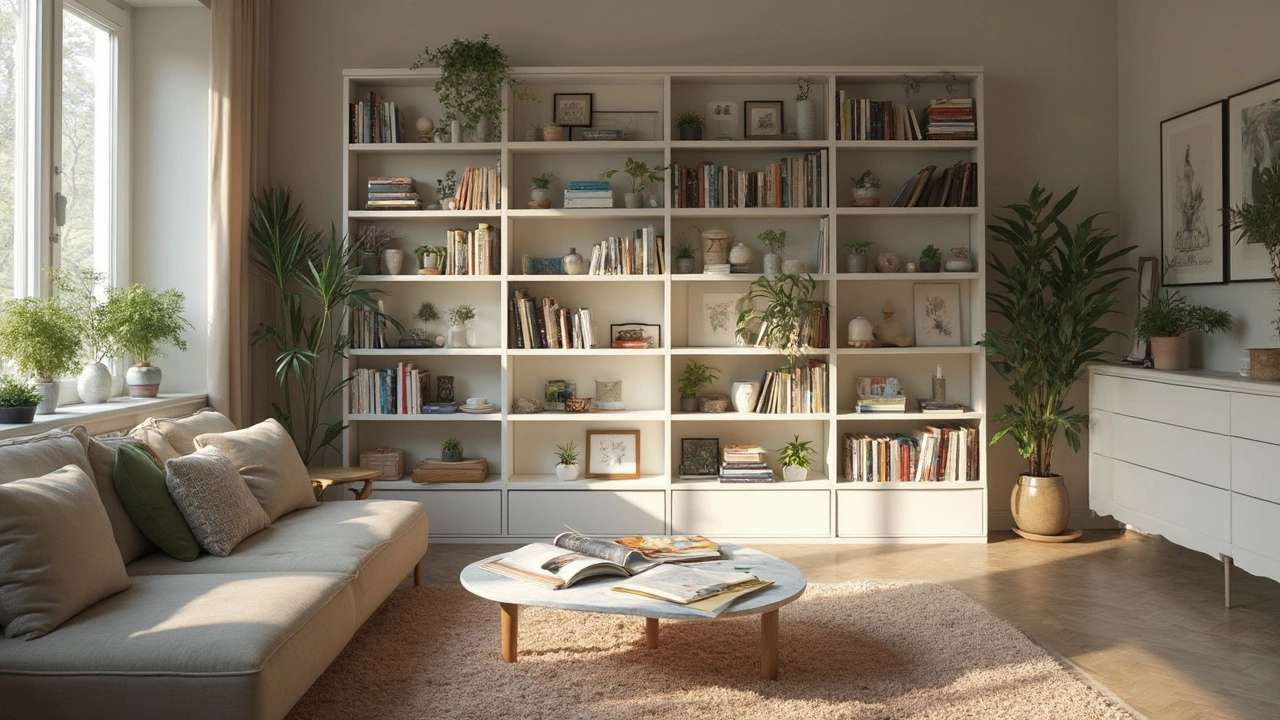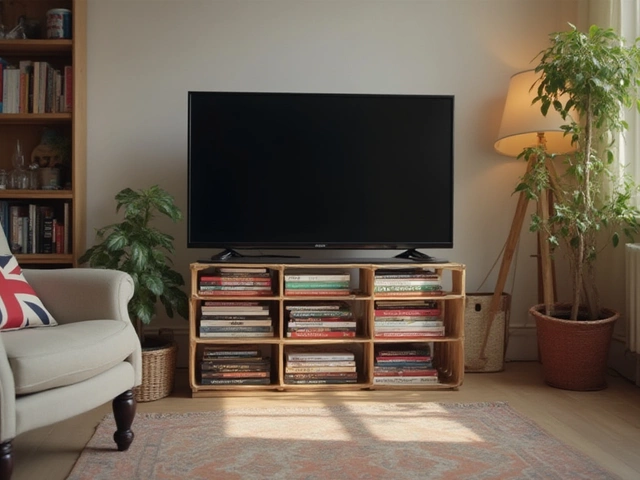Manufacturing Insights for Schools and Offices
When it comes to desks, chairs, and storage, the way a piece is built matters just as much as its look. Good manufacturing means longer life, safer use, and less waste – all things teachers and office managers care about. Below you’ll find straight‑forward advice drawn from our blog posts, plus a quick look at why solid production practices are a must for any educational setting.
Why Quality Manufacturing Matters
First off, a well‑made classroom desk can survive daily spills, rough handling, and years of use without wobbling. That reliability saves schools money because they replace fewer items. It also protects students; a sturdy chair reduces the risk of tip‑overs and broken parts. In a world where budgets are tight, getting more life out of each piece is a win‑win.
Another hidden benefit is consistency. When a factory follows the same standards for every batch, teachers get uniform height, weight, and finish. Uniform furniture helps kids keep proper posture and makes room planning easier. It also means the warranty stays valid – manufacturers can’t claim a defect if the production process was off‑spec.
Practical Tips from Our Blog
Our team shares real tips that you can apply right away. For example, the post “How to Spot High‑Quality Chairs” breaks down three things to check: solid frames, durable upholstery, and smooth moving parts. Look for metal or reinforced wood frames, fabrics that resist wear, and seats that glide without squeaking.
In “Choosing a Sofa That Lasts,” we talk about frame joints, webbing, and fabric density. The same ideas work for school benches – pick mortise‑and‑tenon joints instead of cheap glue, and choose fabrics with a tight weave to handle frequent cleaning.
Our “Storage Furniture Ideas” article shows how modular units can be built with interchangeable panels. That design lets schools re‑configure a storage wall as classes grow, without ordering new pieces.
Even the “Cheapest Month to Buy Furniture” guide helps you plan purchases when factories run slower and offer discounts. Ordering in off‑peak months can give you better pricing without compromising quality.
Finally, the “Best Tips for Storing Furniture in Non Climate Controlled Units” post reminds you to protect finished pieces during shipping. Use breathable covers, avoid direct sun, and keep items off the floor to prevent moisture damage.
Putting these ideas together means you can assess a supplier’s manufacturing process, pick items that truly last, and schedule purchases for the best value. The next time you walk into a classroom, think about the behind‑the‑scenes work that keeps desks steady and chairs comfortable.
If you want more detail, dive into the specific articles mentioned above. Each one gives step‑by‑step checklists, real‑world examples, and simple language that cuts through the jargon. Good manufacturing isn’t a mystery – it’s a set of habits you can verify before you sign a contract.
Bottom line: solid production equals safer, longer‑lasting learning environments, and smarter spending for schools and offices alike.





